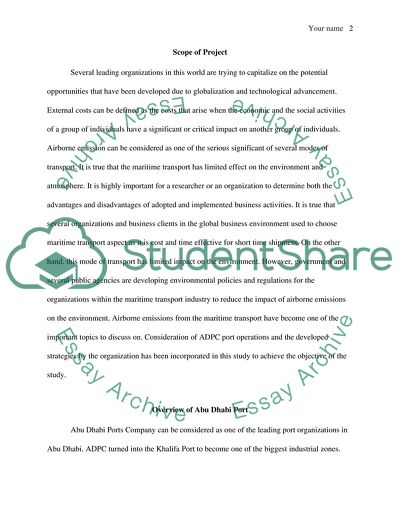Cite this document
(Maritime Transport and Airborne Emissions Report Example | Topics and Well Written Essays - 3500 words, n.d.)
Maritime Transport and Airborne Emissions Report Example | Topics and Well Written Essays - 3500 words. https://studentshare.org/environmental-studies/1806686-maritime-transport-and-airborne-emissions
Maritime Transport and Airborne Emissions Report Example | Topics and Well Written Essays - 3500 words. https://studentshare.org/environmental-studies/1806686-maritime-transport-and-airborne-emissions
(Maritime Transport and Airborne Emissions Report Example | Topics and Well Written Essays - 3500 Words)
Maritime Transport and Airborne Emissions Report Example | Topics and Well Written Essays - 3500 Words. https://studentshare.org/environmental-studies/1806686-maritime-transport-and-airborne-emissions.
Maritime Transport and Airborne Emissions Report Example | Topics and Well Written Essays - 3500 Words. https://studentshare.org/environmental-studies/1806686-maritime-transport-and-airborne-emissions.
“Maritime Transport and Airborne Emissions Report Example | Topics and Well Written Essays - 3500 Words”. https://studentshare.org/environmental-studies/1806686-maritime-transport-and-airborne-emissions.


